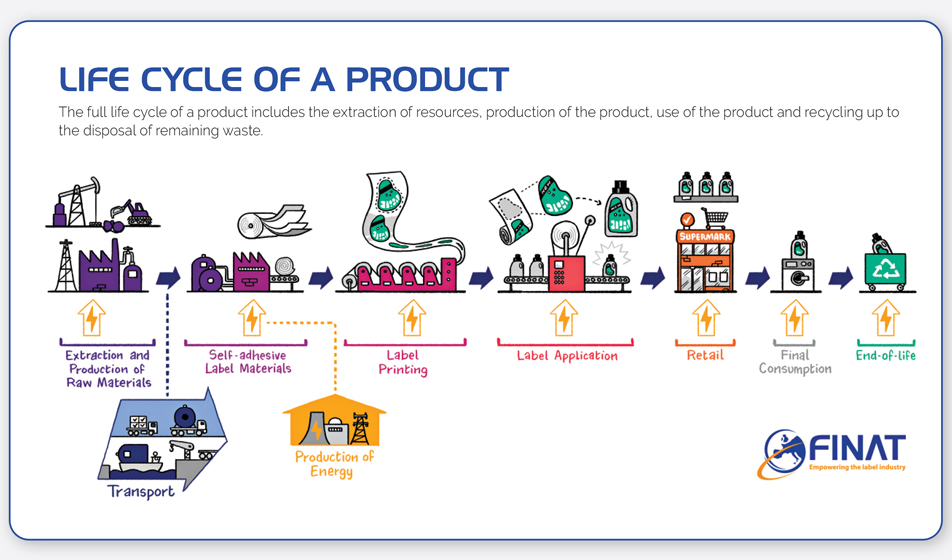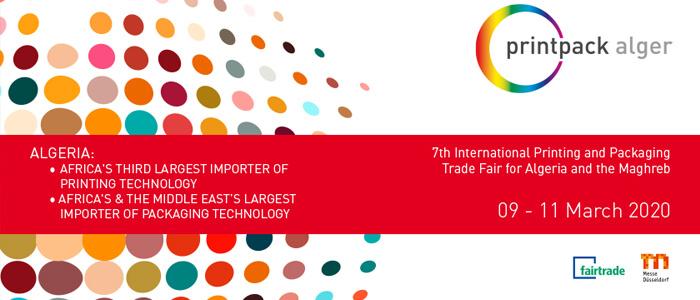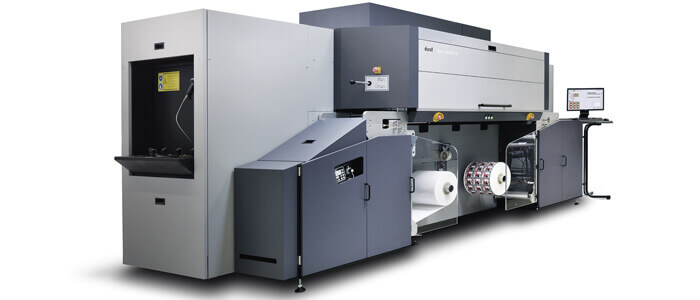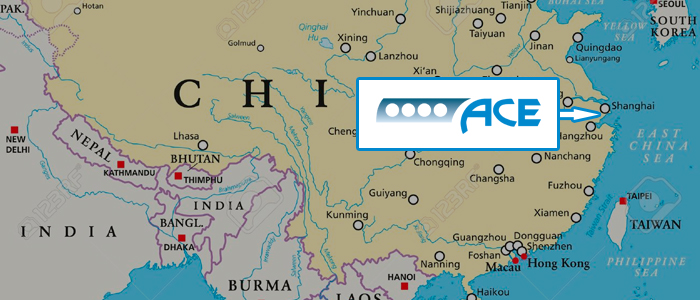In the realm of sustainability, FINAT, the European label association, has reached a second milestone towards harmonizing CO2 accounting in the label sector. With a commitment to fostering environmental practices, FINAT has launched a document that explains the methods, standards, and tools available for the calculation of PCF (Product Carbon Footprint) and LCA (Life Cycle Analysis) in more detail.
The first phase involved addressing the fundamental differences between LCA and PCF. Extensive surveys and desk research were conducted to discern the particulars, leading to the conclusion that information comes in different lenses. This prompted the creation of a comprehensive document untangling the complexity of impact measurements and the diverse approaches available.
This new document serves as a guide, explaining the distinctions between standards, methodologies, software tools, and databases that are crucial when impact measurements are implemented effectively. It emphasizes that selecting a methodology and initiating an impact assessment isn’t a one-size-fits-all scenario. Instead, it requires a thoughtful consideration of which standards, tools, and databases should be selected.
As a next milestone, FINAT’s working group wants to play a pivotal role in establishing the FINAT guideline and recommendations and explore offering a harmonized and accessible way for implementing a PCF or LCA in the label industry. The guideline will adhere to specific methods and standards while accommodating the unique needs of the industry.
PCF Standards and Approaches: Navigating the Landscape
Determining the Product Carbon Footprint (PCF) and Life Cycle Analysis (LCA) involves grappling with various standards, methodologies, and tools. To demystify this landscape, FINAT has outlined three broad categories to understand the different approaches better:
- Methodologies/Standards: This category includes different ways for approaching the calculations, such as ISO standards (e.g., ISO 14040 for LCA and ISO 14067 for PCF) and recommendations from global and regional organizations (e.g., GHG, PACT, IPCC 2013, TfS, etc.).
- Calculation Tools (Software): These are the calculation tools that calculate the PCF based on a model of your process and materials. The software tends to follow one or more standards or methodologies and transform the data, into the final result.
- Databases: Databases, both open and private, store crucial carbon footprint data for PCF calculations. These databases range from generic information on carbon footprint transportation to specific data for raw materials.
Making Connections for Effective Carbon Accounting
To perform a PCF calculation successfully, it is crucial to align the chosen methodology/standard with the right calculation tool and database. The interconnected nature of specific software, calculation tools, and databases may influence not only the cost and accessibility of these tools but the quality of the information. FINAT’s document provides insights into these connections in a comprehensive way of how the different approaches can be interrelated.
Pitfalls and Challenges: Navigating Ranges and Refereeing
Despite the wealth of methodologies, tools, and databases, challenges exist in understanding the “ranges” of data and ensuring reliable external auditing or “refereeing.” The brochure emphasizes the importance of acknowledging the variability in PCF measurements and the need for third-party auditing to prevent ‘greenwashing’ and build trust in the final calculation.
FINAT remains committed to supporting the label industry in adopting sustainable practices by providing valuable resources in the search for a harmonized way to account the environmental impact of the label industry.



















